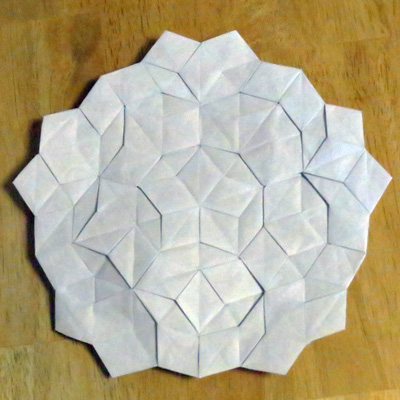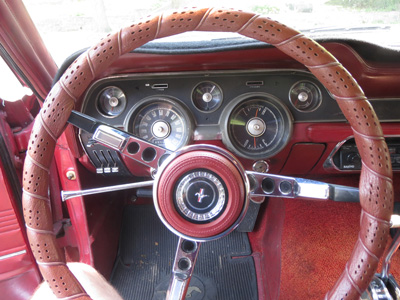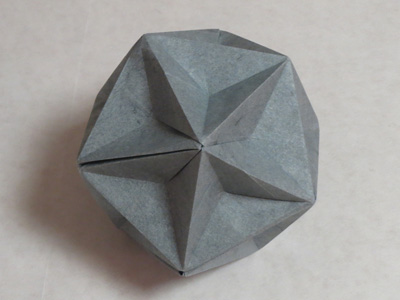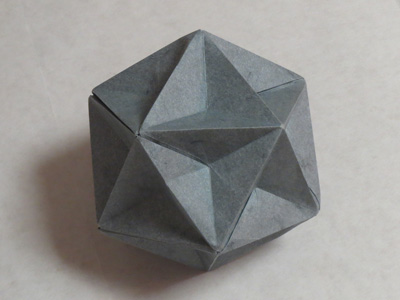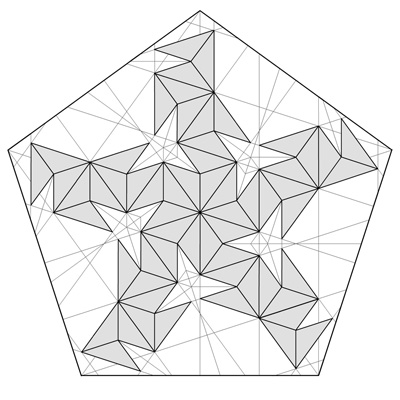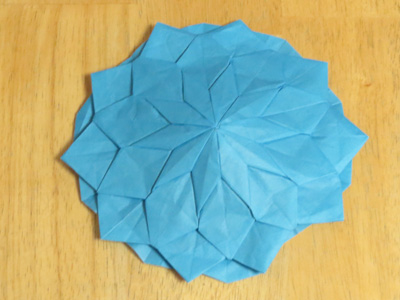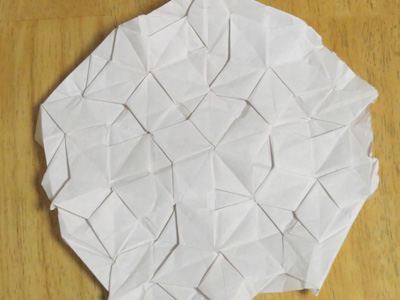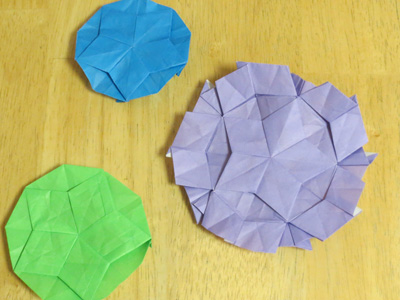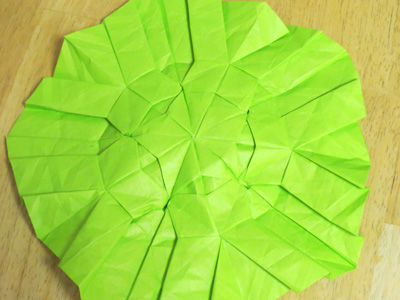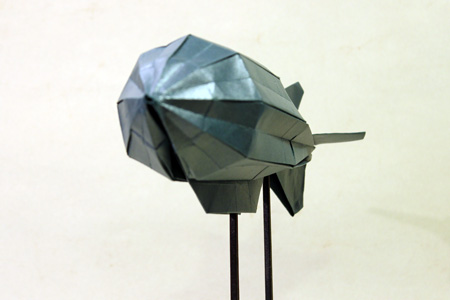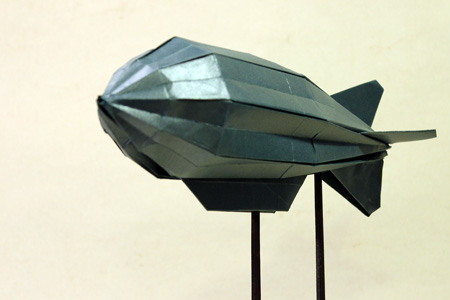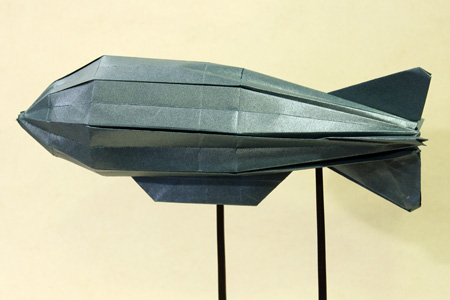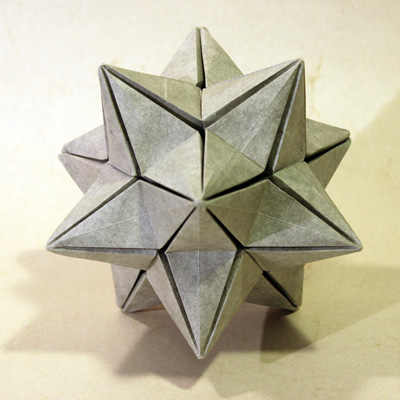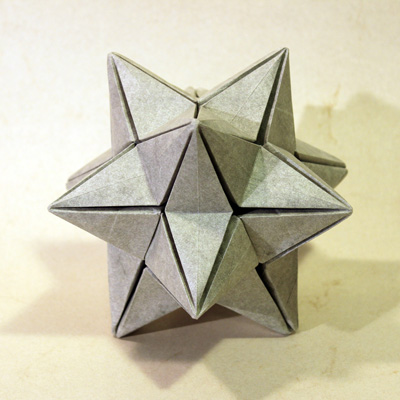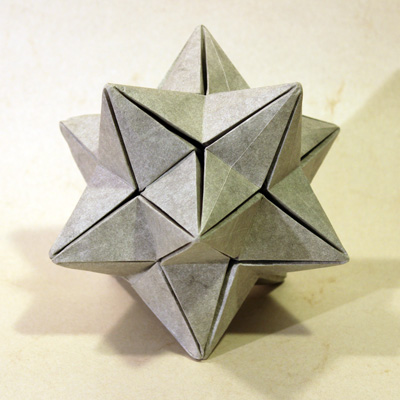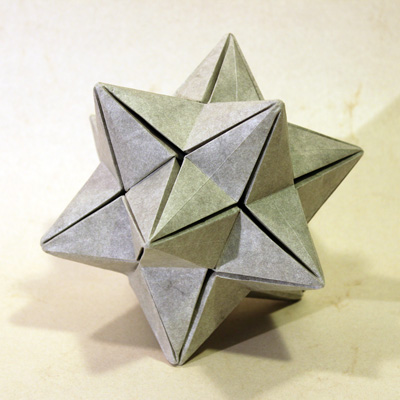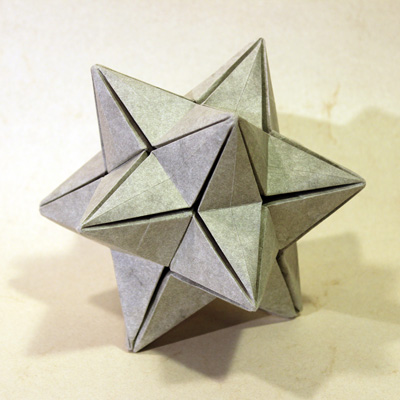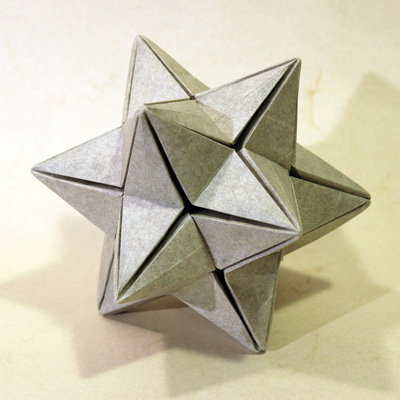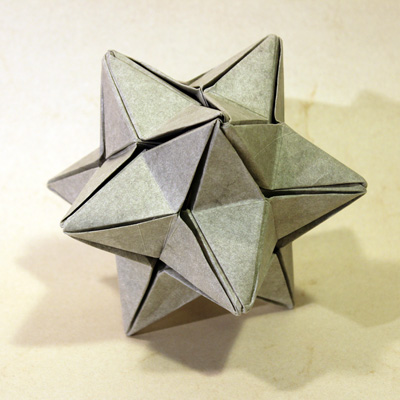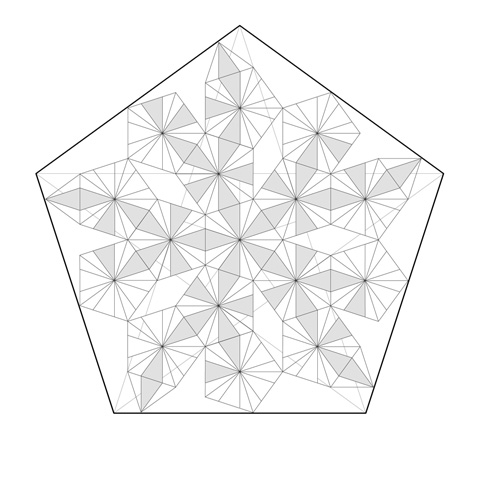Rewinding a couple weeks, we spent a weekend camping in the Catskills with friends, cooking over fires, swimming in the lake, paddling around in canoes and playing acoustic guitars. After the heavy rain the first night of our trip in July we bought a new, larger shelter that sets up quicker but is bulkier and heavier to transport. Turns out the weather was beautiful and we didn’t need it. The highlight of the trip was a bald eagle circling around the lake one day. Jeannie and I managed to get close to it in the canoe. We drifted right up under the tree where he was perched and watched him spread his wings and take off across the lake. Amazing.
We were back home for a couple of days and the big news is that I got a full proof of the first draft of my book from my editor. For the most part the look is great, the choice of photos and all. One quibble is them doing goofy things with CaPiTaLiZaTioN of the chapters. The bigger issue is they condensed the diagrams to make it all fit into 128 pages. Some of the layouts are too crowded, and the drawings shrunk too much, and the layouts no longer flowing correctly. I’m working thru what to do about all that. I’ve been providing revised layouts that flow better and maximize the size of the drawings while still fitting in the available space. This is a pretty big time suck, taking me away from other projects, but I suppose it had to happen sometime. Now I’m up the most complex models in the back half of the book, and it’s clear they’ll have to come up a few pages. So either we’ll have to take some pages out elsewhere or make the book longer. We’ll see how it goes.
Then we took a long weekend road trip over Labor Day. The first stop was Washington, D.C. We visited the Udvar-Hazy annex to the Smithsonian Air and Space Museum. This is out by Dulles airport and has a huge collection of huge planes and spacecraft. Among them is B-29 Enola Gay, the Space Shuttle Discovery, a Concorde, a Blackbird, a DC-10, and lots of commercial and military planes and helicopters from small to huge. Also a really cool cutaway of a nine-cylinder rotary engine that really helped me explain to the kids how motors work.
Next day the main thing was the Native American Museum and National Art Gallery in The Mall. The highlight there was a light sculpture installed in the passageway between the east and west galleries. As we moved thru it, I recognized Conway’s Life being played out on the array of LEDs. This reminded me of my friend Leo, an artist how does installations of this kind. Way back in the day I helped him program some controls so he could run Life on a grid of LEDs. Shaw’nuff when we got the end of the passageway the sign said it was Leo’s work. It’s amazing to see his stuff in the same gallery as Rembrandt as Picasso.
The last part of the trip was to the beach in Ocean City. The big downer this year is that our hotel closed its hot tub. We’ll probably have to look for a new hotel next time we go back. Other than that it was great fun and very relaxing. After the first day the weather was hot enough we didn’t even miss the hot tub. We swam in the ocean, went to the water park, went out to dinner and down to the boardwalk, and visited the ponies at Assateague.
Now we’re back home and back to work. Michelle had her first kung fu lesson yesterday. Lizzy had her first day of high school today. Michelle starts school Monday. It’ll be a whole new set of routines this fall.
